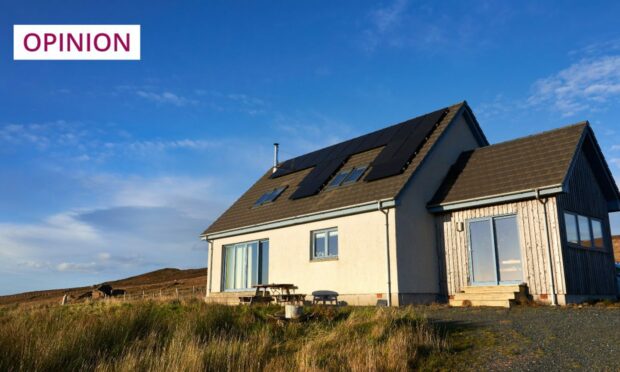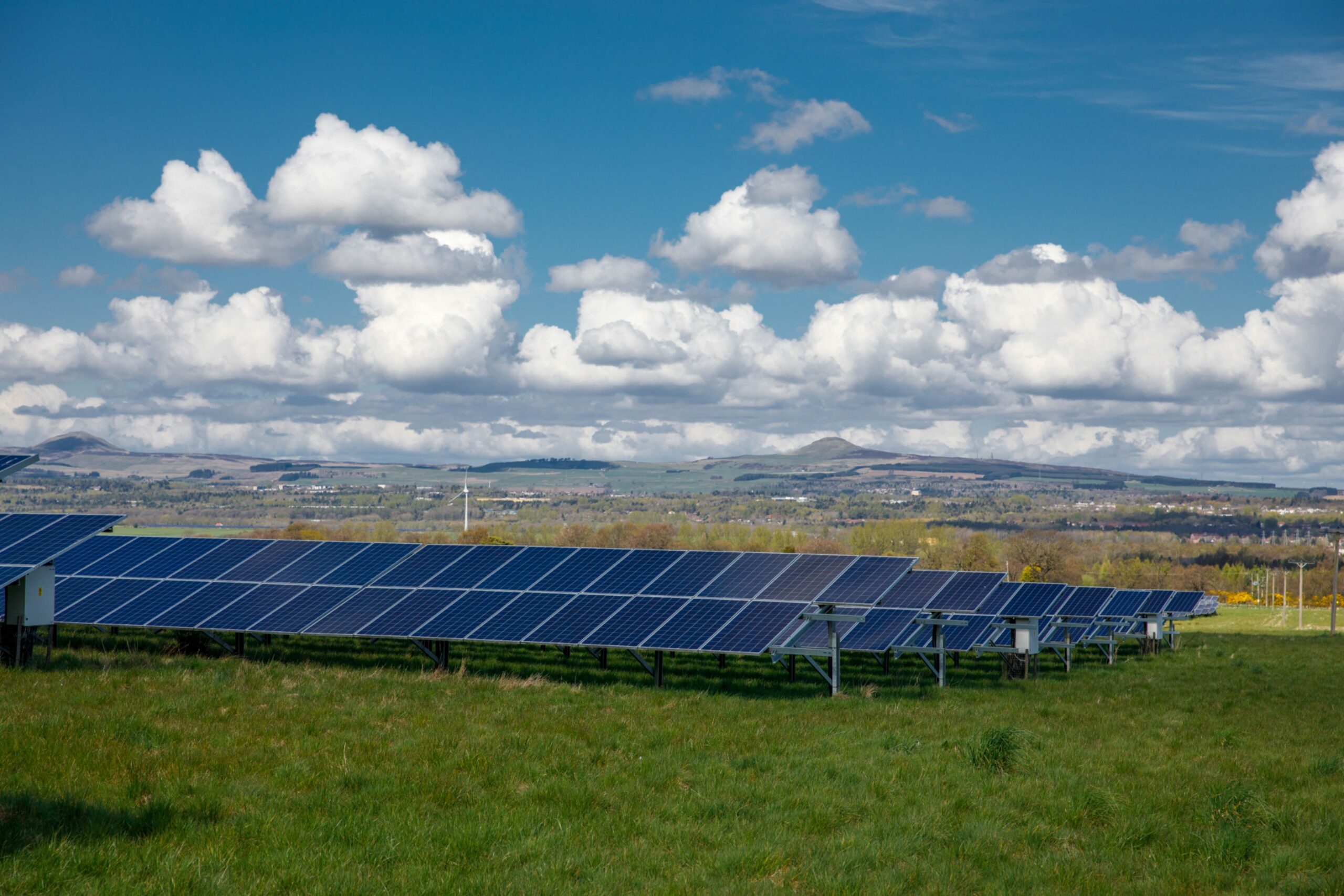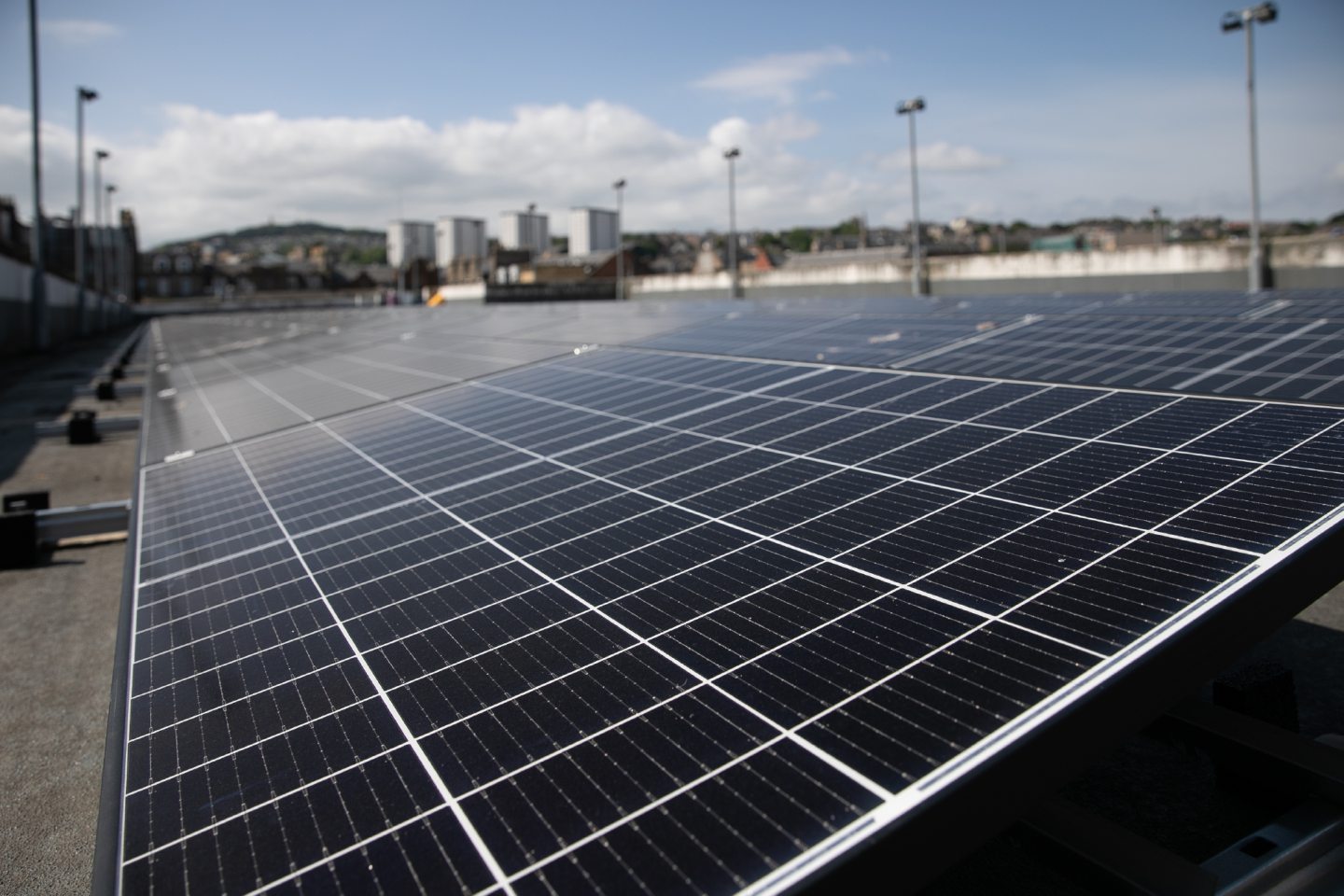Alarm bells are ringing ever louder, with energy bills now forecast to reach £5,500 by January, and £7,700 by April.
As a result, the need is ever more urgent for the UK and Scottish Governments to take decisive action in order to lower bills, reduce emissions, and improve our energy security.
The cap on energy costs is not working in the way people expect it to, and offers no protection. Two-thirds of UK households are expected to be in fuel poverty by January. Shetland Council now believes that will apply to 96% of their households by April. This is helping to drive inflation, but other costs are rising, too.

Major interventions into the energy markets are largely the responsibility of the Westminster administration, constitutionally, but there is a lot the Scottish Government can and must do.
Energy efficiency and retrofit measures are important – but a major role for solar is yet to be adopted by the Scottish Government. Both cut costs for households, and both can also be rolled out on very tight timescales.
Agri-solar is part of the future
Solar energy is the quickest and cheapest type of energy generation to build. It’s versatile, so can be fitted on homes and businesses, on vacant land, and alongside wind farms.
Solar also works at scale in the countryside, and can co-exist successfully alongside grazing, vertical farms, agri-solar schemes, and biodiversity regeneration.
Solar and agriculture are great partners. Solar cuts costs for farmers on their own energy use, and allows them to diversify their income where they rent land to solar farm operators. This not only helps them to maintain a viable business and keep food costs down, but addresses climate change, the biggest threat to UK food security.
The intense droughts in France, Spain and China this year, plus the extreme floods in Pakistan, show the extent to which climate change will – in addition to the more direct disruption and loss of life – further increase the cost of staple foods and result in the poorest going without meals.
There’s a lot of room for innovation as well; European farmers are beginning to explore the potential of agri-solar and, if our solar industry is allowed to grow and thrive, agri-solar could be part of the future here, too.
Scotland should set a solar target
Analysis by Solar Energy UK found that a typical home which installs a solar photovoltaics (PV) system could reduce energy bills by 29%, based on 2021 prices, making solar technology one of the best solutions for tackling the cost of living crisis.
A pilot project run by Stirling Council found that installing storage batteries to complement existing solar panels on tenants’ homes made them over 90% self-sufficient in the summer months, and allowed tenants to buy cheaper, off-peak electricity in winter.
The contest for the Tory leadership has seen both candidates compete to be the “most anti-solar”, even though the technology brings good economic returns while also improving life for energy customers.
It's time for a #solarrevolution ☀️☀️☀️☀️@markruskell is absolutely right. The cost of solar has dropped by 82% since 2010, making it the cheapest renewable energy available. It's time for a #GreenNewDeal for solar, starting with a 4-6GW ambition#ClimateEmergency #solarpower pic.twitter.com/Su7SN8IrNS
— Solar Energy Scotland (@solarenergyscot) May 26, 2022
Nevertheless, the UK Government, at least, has a target to increase solar deployment fivefold by 2030. In Scotland, there is, as yet, no target, despite pressure from MSPs across Holyrood.
A reasonable target for the Scottish Government to set would be to see 4 to 6GW of solar power installed across Scotland by 2030, in line with the existing targets for onshore and offshore wind. At the moment, homes and businesses outwith Scotland are disproportionately seeing the benefits of solar power, but setting that target would see Scotland get its fair share, at around the same level as other countries on the same latitude, like Denmark.
Business rates for solar are high in Scotland
The UK Government has exempted solar energy from business rates for 12 years, effectively ensuring that English businesses don’t pay substantial upfront tax bills as they seek to decarbonise. Westminster has also exempted all commercial rooftop solar projects up to 1MW from most planning restrictions, and has seen an explosion of growth in the sector as a result.
These are not crises that can be put off any longer: society and nature alike are suffering, and change is urgently required
In Scotland, business rates for solar remain high, and only the tiniest solar roofs are given a smooth route through planning.
Scottish businesses, which are not protected by even a limited price cap and are facing what could be a 500% increase in energy bills, could be actively lowering their bills and rapidly decarbonising right now, if the Scottish Government were to match Westminster’s more progressive policies in these areas, setting a target and lifting tax and planning barriers.
Solar energy is just one strand of the fight to avoid climate disaster, but it is a golden thread which should be connecting the Scottish Government’s policies on climate mitigation, fuel poverty, energy security and nature restoration.
These are not crises that can be put off any longer: society and nature alike are suffering, and change is urgently required. Our hope is that the Scottish Government will not just match Westminster on solar – it’s time to lead.
Thomas McMillan is the head of energy consulting at Savills, and has served as chair of Solar Energy Scotland, the industry association, since February 2021



Conversation